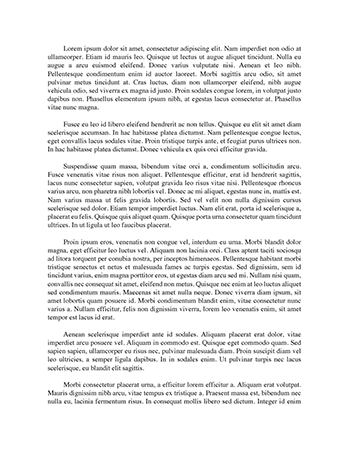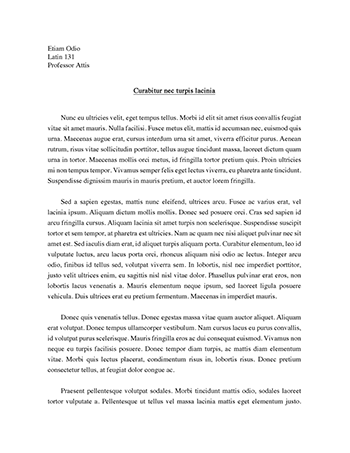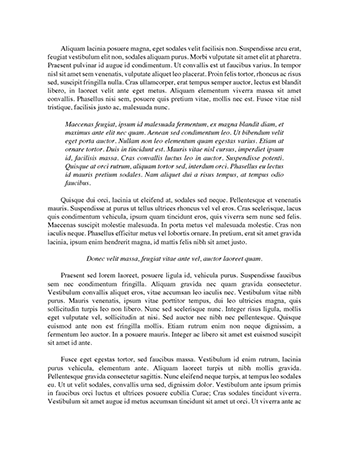
Research Paper Lockheed Martin
average person on the street and you will probably receive a blank stare. Say the name to the courageous Air Force pilot who flies the F-16 Fighting Falcon and you will probably receive a great big smile. He smiles because he knows that Lockheed Martin (LM), the largest defense contractor in the world, manufactures that F-16 fighter jet. It is a name that is well known throughout the world’s military forces. The company provides numerous services and manufactures dozens of war crafts for the Department…
Words 3780 - Pages 16


